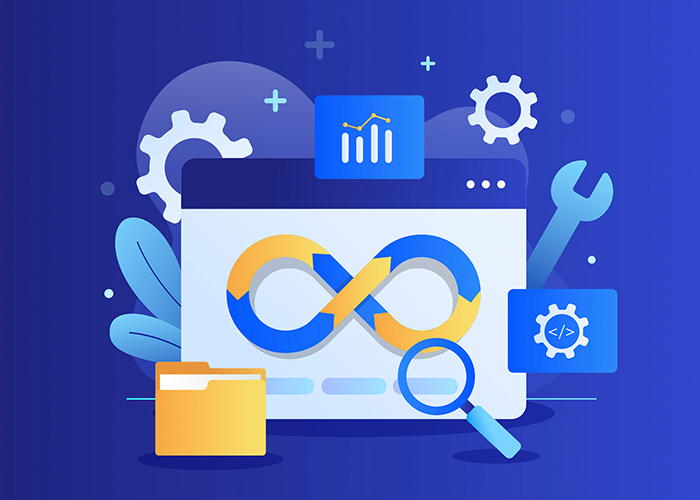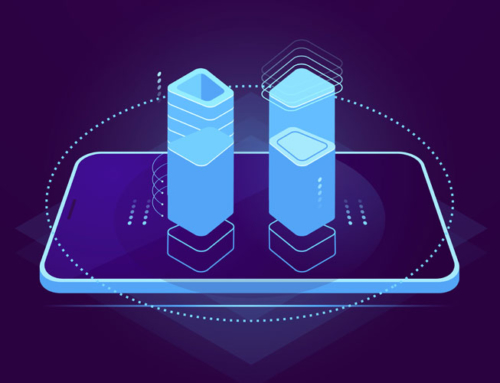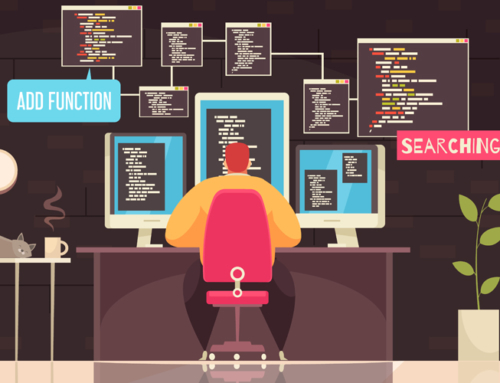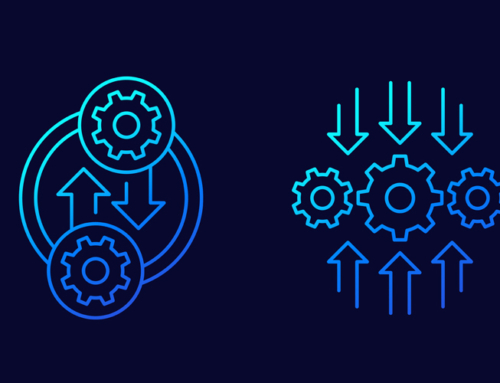There’s a sea change happening in the world of software development. The rapid development and release cycles of cloud-native distributed apps require more responsive development and release cycles. This is where devsecops comes in.
Devsecops is an approach to application security that integrates security and testing measures into the development process itself. It’s part of the shift-left mentality that is moving security and testing into the core of development.
A Quick Introduction To DevSecOps
Devsecops gets its name from a combination of development, security, and operations. It’s a shift-left effort to integrate application security into the earliest parts of the development process. Devsecops allows for automated application and API security and a more effective security culture in distributed application development environments.
DevSecOps VS Traditional Software Development
Approaches to application security always reflect the real-world conditions that those applications are developed and run in. In the pre-cloud era, applications had slow release schedules that allowed plenty of time for dedicated security teams to comb through the code and pick out any and all potential flaws before the software ever reached an end-user’s device. However, today’s cloud native development environment is agile and favors rapid, modular development projects that have continuous development schedules.
This requires a new approach to security. The current development environment simply does not allow security teams to test a web app for months before release. The solution to this problem has been to integrate cybersecurity protocols into the development process itself.
Devsecops builds security practices into the continuous integration and continuous development cycles. In practice, this means that development team members across the project become more security conscious and more involved in the securing of the software. It also means that dedicated security professionals and automated security tools are baked into the development itself.
Here are a few takeaways for the differences between devsecops and traditional development:
- Devsecops integrates security and application testing into the development process
- Devsecops allows security to keep up with the rapid pace of CI/CD
- Devsecops fits with the overall shift-left culture change in our industry
How To Integrate Security And Development
When it comes to app and API security, devsecops is the only approach that meets the demands of our current development environment. Web app developers face a few specific challenges when integrating devsecops including onboarding team members to new security practices, changing internal security culture, and finding the right tools.
One of the first challenges any dev team will face when they integrate devsecops is integrating security practices into their development cycle. The traditional way of handling application security was largely siloed and involved separate departments handling separate jobs.
This has left security fundamentally disconnected from the development process. The first and most important task to integrate into a devsecops environment is breaking down those siloed walls between development and security team members. With application security being one of the biggest focuses of the shift-left movement, security and development team members now need to work closer together.
Devsecops also means addressing the internal security culture that your team has taken on. Many development team members may be unfamiliar with today’s standard security practices and likewise your security professionals are going to need to get closer to the development cycle. This doesn’t minimize the importance of their specializations, but focuses on how security and development can do their best work when they work together.
Devsecops has its own set of tools that are distinct from traditional ways of approaching application security. Devsecops takes full advantage of automated tools and tests that allow for rapid and continuous security testing.
Let’s take a closer look at these tools and tests.
What Are DevSecOps Best Practices?
There are many best practices to consider when entering into devsecops environment. These security practices respond to the threats that today’s cloud native applications face while also overcoming outdated approaches to security culture.
- Update and upgrade your software
- Always validate data and sanitize inputs
- Least privilege design
- Password management for both your team and your users
Additionally, there are things that your development team can do behind the scenes to begin the process of shifting into a devsecops environment. This includes keeping your software updated and upgraded to avoid hackers exploiting bugs in the technology that you rely on. Your team should also implement secure password practices such as avoiding common passwords, using secure password managers, and never using the same password twice.
These may seem basic, but they are the groundwork that devsecops builds on.
These best practices allow your team to start working on security measures that you can do in development itself. Modern application and API security includes a few basic tips like designing with a least privilege model in mind. Another essential component of devsecops is to always ensure that data is validated and inputs are sanitized to avoid some of today’s most common hacks.
The Tools and Tests of DevSecOps
When you’re designing a distributed application, you need to be using the latest security tools for devsecops.
These are automated tools that are built directly into your development cycle. They handle everything from analyzing your code to testing your software against today’s most popular hacks, exploits, and attacks. These tools are in the central part of a devsecops environment.
What makes them so valuable is that they allow you to rapidly test your software. This is the only way to keep pace with today’s agile cloud native environment. Here are four of the most popular testing tools for devsecops.
- SAST—SAST stands for Static Application Security Testing. This is a type of white box testing that uses access to your application’s source code to analyze the code for any potential threat. This is especially useful for checking against common threats like injection attacks.
- IAST—Interactive Application Security Testing runs precision security testing while the application runs. Today’s applications are full of countless modular and moving pieces. This type of testing looks at snippets of your application while it’s actively running and tests those interactions for weaknesses and ways that SAST and DAST can’t see.
- DAST—Dynamic Application Security Testing is black box testing that takes the approach of an attacker. This type of testing does not need your application’s source code and instead gives you a “real-world” sense of the vulnerabilities you need to correct.
- RASP—Run-time Application Self-Protection is a type of software that runs on your servers. RASP kicks in when your application is in a run-time environment. RASP catches threats in real-time and shuts them down. You can think of RASP as an automated security force that can be tuned to your application’s specific needs.
Starting DevSecOps
The time to start moving towards devsecops is today. The shift-left approach to distributed application demands an application security that is just as agile as development itself.
Starting devsecops begins with education. Informing your team about common risks, like the OWASP top 10 API security threats, and the tools listed above is a solid first step—implementing them is the second step.





